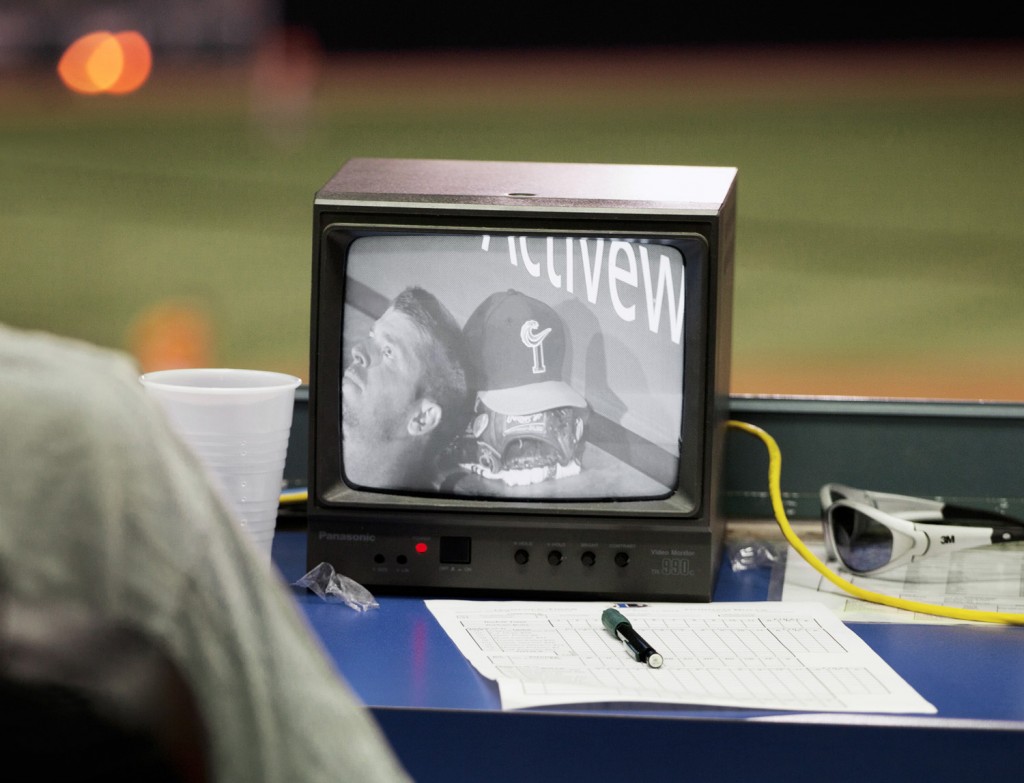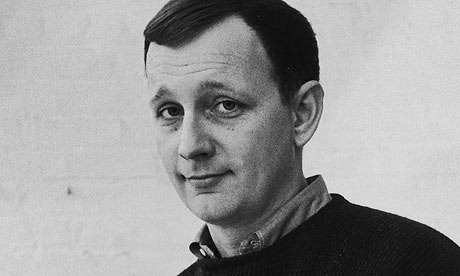Hubble sometimes gets a bad rap as being inferior to the new James Webb Space Telescope. But it's not inferior,Poland they're just designed to view different things in the cosmos. A spiral galaxy 29 million light-years from Earth showcases their different abilities.
The European Space Agency (ESA) released two views of galaxy IC 5332, found in the Sculptor constellation and at 66 million light-years across is about two-thirds the size of the Milky Way. This galaxy is known for being almost perfectly face-on from Earth's vantage point, making its symmetrical sweeping arms easy to see.
This Tweet is currently unavailable. It might be loading or has been removed.
The legendary Hubble telescope, which mostly views visible light and is managed by a partnership between NASA and ESA, shows dark lanes between the dust, allowing the spiral shape to pop against the blackness of space. The Webb telescope, a collaboration of NASA, ESA, and the Canadian Space Agency, was able to detect infrared light waves (a type of light that isn't visible to our eyes) through that dust, showing a complex star-spangled gas structure, mirroring the same spiral shape. Each arm appears hairier and fibrous, with intricate threadlike features.
The views are different because Webb and Hubble view different types of light, and different stars shine brighter at distinct wavelengths of light. That means scientists can learn a lot about the celestial region from studying both images.
"Ultraviolet and visible light are far more prone to being scattered by interstellar dust than infrared light," according to ESA. "Therefore dusty regions can be identified easily in the Hubble image as the darker regions that much of the galaxy’s ultraviolet and visible light has not been able to travel through. Those same dusty regions are no longer dark in the Webb image, however, as the mid-infrared light from the galaxy has been able to pass through them."
Want more scienceand tech news delivered straight to your inbox? Sign up for Mashable's Top Stories newslettertoday.
 Left:Hubble view of the spiral galaxy IC 5332 Credit: ESA / NASA Right:Webb view of the spiral galaxy IC 5332 Credit: ESA / NASA / CSA
Left:Hubble view of the spiral galaxy IC 5332 Credit: ESA / NASA Right:Webb view of the spiral galaxy IC 5332 Credit: ESA / NASA / CSA Observing mid-infrared light is particularly hard from Earth because the atmosphere absorbs much of it and heat from the atmosphere further complicates detecting this light. Hubble, which resides in low-Earth orbit at some 340 miles above the surface, doesn't get cold enough to pick up such things.
Webb will observe some of the oldest, faintest light in the universe. The infrared telescope became operational in July 2022.
It uses a much larger primary mirror and is situated in deep space about 1 million miles from Earth.
(Editor: {typename type="name"/})
 Norrie vs. Diallo 2025 livestream: Watch Madrid Open for free
Norrie vs. Diallo 2025 livestream: Watch Madrid Open for free
 Bull City Redux by Nicole Rudick
Bull City Redux by Nicole Rudick
 Read an Excerpt from Josep Pla’s The Gray Notebook
Read an Excerpt from Josep Pla’s The Gray Notebook
 The Morning News Roundup for March 31, 2014
The Morning News Roundup for March 31, 2014
New MIT report reveals energy costs of AI tools like ChatGPT
 You've probably heard that statistic that every search on ChatGPT uses the equivalent of a bottle of
...[Details]
You've probably heard that statistic that every search on ChatGPT uses the equivalent of a bottle of
...[Details]
The Morning News Roundup for April 4, 2014
 The Mall Is Dead, Long Live the Mall, and Other NewsBy Dan PiepenbringApril 4, 2014On the ShelfPhoto
...[Details]
The Mall Is Dead, Long Live the Mall, and Other NewsBy Dan PiepenbringApril 4, 2014On the ShelfPhoto
...[Details]
Michael Bruce’s “Elegy—Written in Spring” by Dan Piepenbring
 Michael Bruce’s “Elegy—Written in Spring”By Dan PiepenbringMarch 27, 2014The Poem Stuck in My HeadEd
...[Details]
Michael Bruce’s “Elegy—Written in Spring”By Dan PiepenbringMarch 27, 2014The Poem Stuck in My HeadEd
...[Details]
No Grownups Allowed by Sadie Stein
 No Grownups AllowedBy Sadie SteinMarch 27, 2014Our Daily CorrespondentPhoto: Dick Rowan, 1972There a
...[Details]
No Grownups AllowedBy Sadie SteinMarch 27, 2014Our Daily CorrespondentPhoto: Dick Rowan, 1972There a
...[Details]
The Amazon Book Sale is coming April 23 through 28
 Amazon just dropped the dates of its next sale, and this time, it's for the book lovers. The Amazon
...[Details]
Amazon just dropped the dates of its next sale, and this time, it's for the book lovers. The Amazon
...[Details]
Happy Birthday, Donald Barthelme
 Realism for EveryoneBy Dan PiepenbringApril 7, 2014Arts & CultureDonald Barthelme would have cel
...[Details]
Realism for EveryoneBy Dan PiepenbringApril 7, 2014Arts & CultureDonald Barthelme would have cel
...[Details]
Read an Excerpt from Josep Pla’s The Gray Notebook
 A Vitreous VaultBy Josep PlaMarch 24, 2014Arts & CultureIn 1918, when Josep Pla was in Barcelona
...[Details]
A Vitreous VaultBy Josep PlaMarch 24, 2014Arts & CultureIn 1918, when Josep Pla was in Barcelona
...[Details]
George Plimpton’s Famous April Fools’ Day Joke
 A Vintage Plimpton PrankBy Dan PiepenbringApril 1, 2014NostalgiaToday’s been so chock full of hoaxes
...[Details]
A Vintage Plimpton PrankBy Dan PiepenbringApril 1, 2014NostalgiaToday’s been so chock full of hoaxes
...[Details]
NYT Connections hints and answers for April 26: Tips to solve 'Connections' #685.
 Connectionsis the one of the most popular New York Times word games that's captured the public's att
...[Details]
Connectionsis the one of the most popular New York Times word games that's captured the public's att
...[Details]
Sadie Stein on the Comic Song “The Cat Came Back”
 The Cat Came BackBy Sadie SteinApril 9, 2014Our Daily CorrespondentDetail from the poster for Disney
...[Details]
The Cat Came BackBy Sadie SteinApril 9, 2014Our Daily CorrespondentDetail from the poster for Disney
...[Details]
接受PR>=1、BR>=1,流量相当,内容相关类链接。